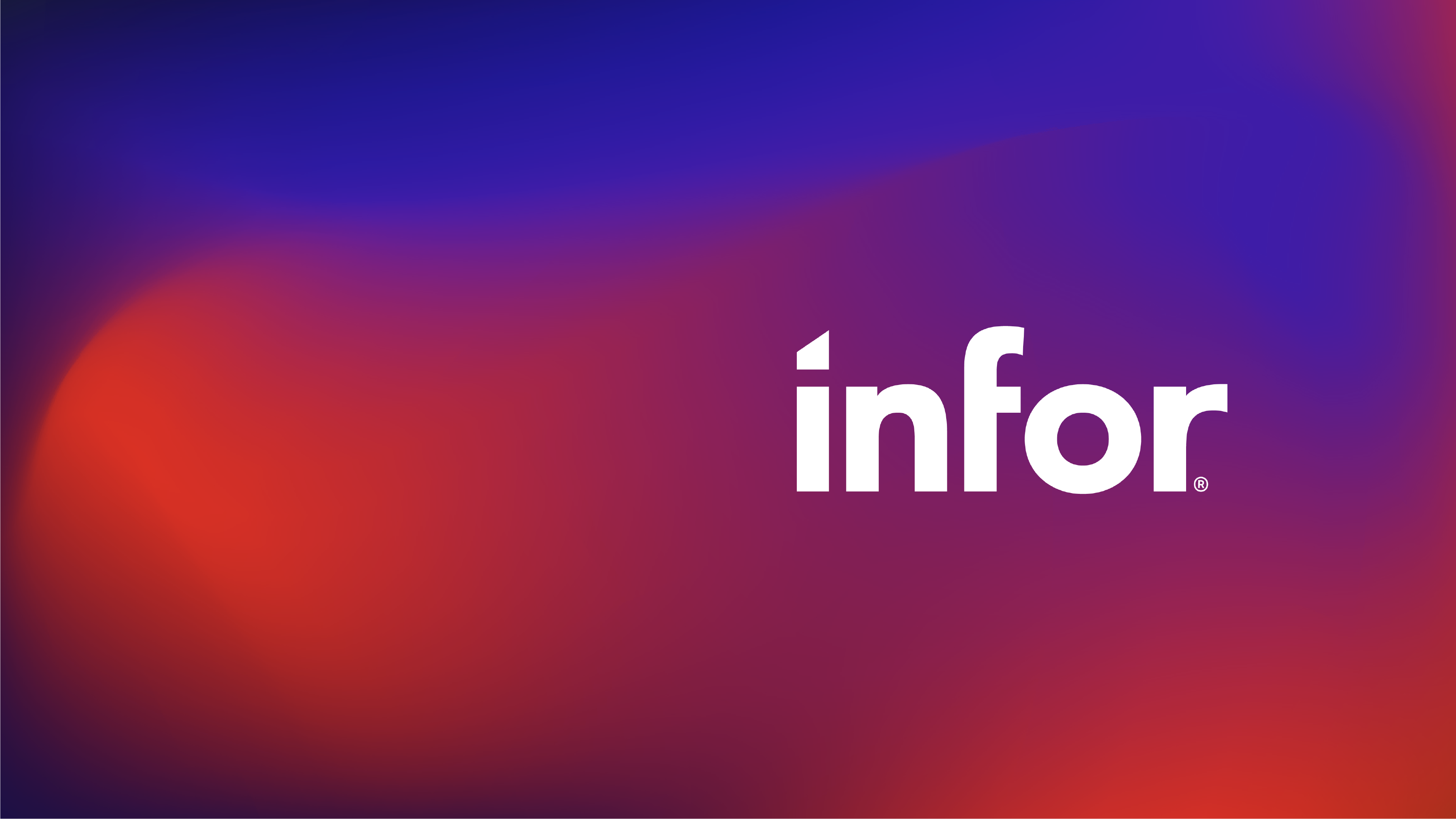CRM: what it is and how it benefits companies
Customer Relationship Management: what is it? What are the best platforms on the market? Let's discuss CRM and how we create CRM software in our Group.

Everyone who works in IT will have heard about CRM at least once, but few know exactly what it is for and what are the best software platforms on the market that offer this technological solution. We at mashfrog work on it every day, thanks to a team of developers engaged in complex projects, also thanks to the use of CRM. A new endeavour by the “mashfrog digital youniversity” is dedicated precisely to this theme. Its aim is to clearly explain what CRM consists of and how it is used in our group, also to those who do not operate in our business.
What is it?
A CRM platform is a system that manages relationships with customers and all the subjects with which a company interfaces (suppliers, entrepreneurs and employees themselves). The goal is to improve trade relations by recording and organising all information in a single centralised system and making it available to all corporate departments. This provides all the necessary tools to implement a strategy that enables the company to obtain a competitive advantage.
When is it used?
A CRM platform should be set up when the company has a lot of information to manage, perhaps scattered across multiple systems. This is why a CRM suite must be flexible and capable of importing information from multiple systems, even very diverse ones, which feed data to the CRM engine in different ways.
Furthermore, we can recommend using a CRM solution when a company implements a strategy that actively exploits the information made available by the system itself. It can be used by all corporate functions for various purposes:
- Sales will be able to compare current data against the company's sales targets;
- Marketing can make simpler and more accurate forecasts and organise marketing campaigns;
- Customer Service can monitor all conversations with customers, even if they originate from different channels;
- Human Resources can use it to accelerate recruiting but also to assess the skills of their staff.
CRM as a software platform
From this brief overview, we can already understand how CRM is very complex software and not a simple matter to implement. For this reason, we rely on existing software which we then adapt to the specific context and needs of individual companies. There are many customisable products on the market; some are commercially licensed, others are open-source, and yet others are hybrids of both solutions. The most well-known include Salesforce, Oracle and Microsoft Dynamics. Among these, we at mashfrog work mostly with those who use the most commonly used web application language (PHP) because it ensures performance and scalability and, not surprisingly, is very resilient, although it has evolved considerably over the years. Furthermore, the company also works with the Symfony framework because it is modular, flexible, solid and has a large community behind it. At mashfrog, we have been using this framework since 2013, and we have more than ten developers with specific expertise in this solution, having developed several products with this technology.
The ORO ecosystem
For the merging of these two technologies, it was natural to choose OroCRM for most of the projects we developed, precisely because it is an open-source software suite written in PHP and entirely based on the Symfony framework. Below, we have listed the main advantages of ORO, as evidenced by the experience acquired by our developers.
- It is a consolidated product: since its first release in 2014, it has evolved through six versions, following the changes in the two software cores that support it.
- Successful team: it was created by the same team that developed Magento, one of the most widely used e-commerce platforms on the web.
- Flexibility: it is not a single product, but is composed of three different functions (Platform, Commerce and CRM), which, however, share a large part of the code and therefore a developer can easily switch from one to the other.
- External connectivity, thanks to the presence of connectivity functions for importing data from third-party systems.
Obviously, there are also some points worthy of particular attention, of which we should be aware:
- It is a complex platform, so even experienced developers need some time to understand all its features;
- It is not 100% aligned with Symfony, so certain problems can be solved with different methods, and this can create some problems for developers;
- Lead times are not short.
In conclusion, ORO is the CRM platform chosen by the mashfrog team to implement numerous projects for its clients precisely because of the complexity and heterogeneity of the functions it provides, which differ according to the corporate function that can use it.


